Nesbit, Huff among others quoted in NYT article on nuclear power

Nesbit
Steven Nesbit, ANS’s immediate past president, is among the nuclear industry leaders quoted in a recent New York Times article about the renewed interest in nuclear power in the United States. The article explains that the challenges of meeting clean energy goals and surging electricity demands are prompting many government officials to take “a fresh look at nuclear power—both extending the life of existing reactors and building new ones.” The article also presents the views of some nuclear critics.
Much of the article focuses on the fate of California’s Diablo Canyon nuclear power plant, which is currently scheduled for shutdown in 2025. Several of the state’s lawmakers who previously supported the shutdown, including Gov. Gavin Newsom and Sen. Diane Feinstein, are now considering supporting the extended life of the plant. A joint study by Stanford University and the Massachusetts Institute of Technology has concluded that a 10-year extension of Diablo Canyon could substantially reduce carbon emissions, lessen reliance on natural gas, cut electricity costs, and minimize the risk of brownouts.


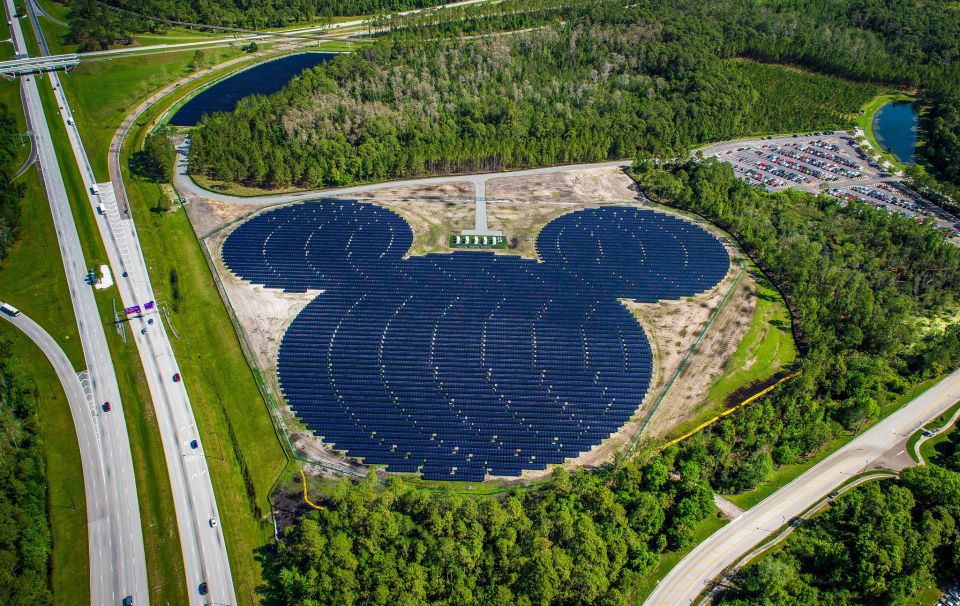

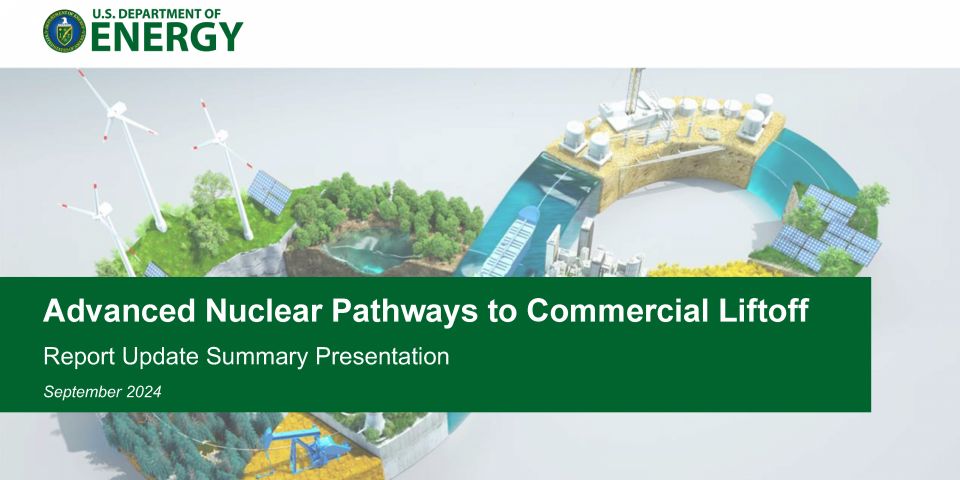
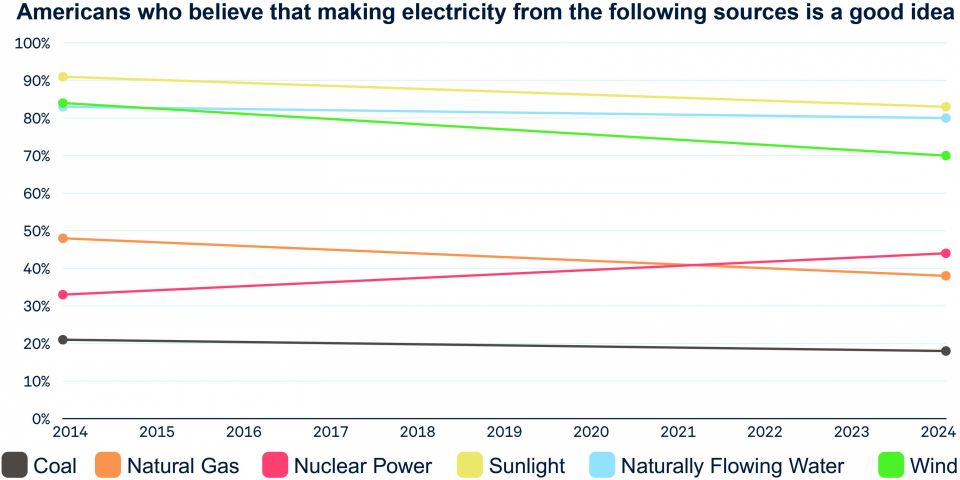
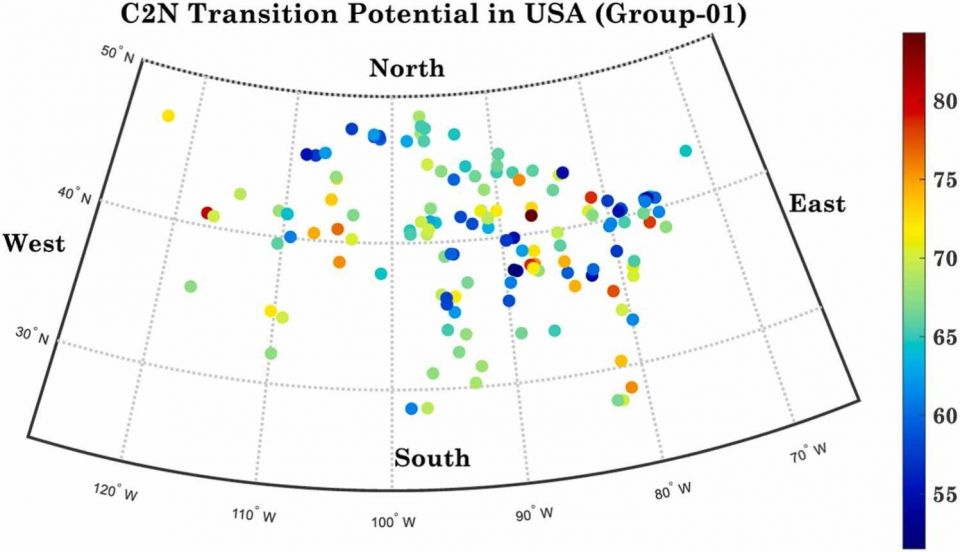
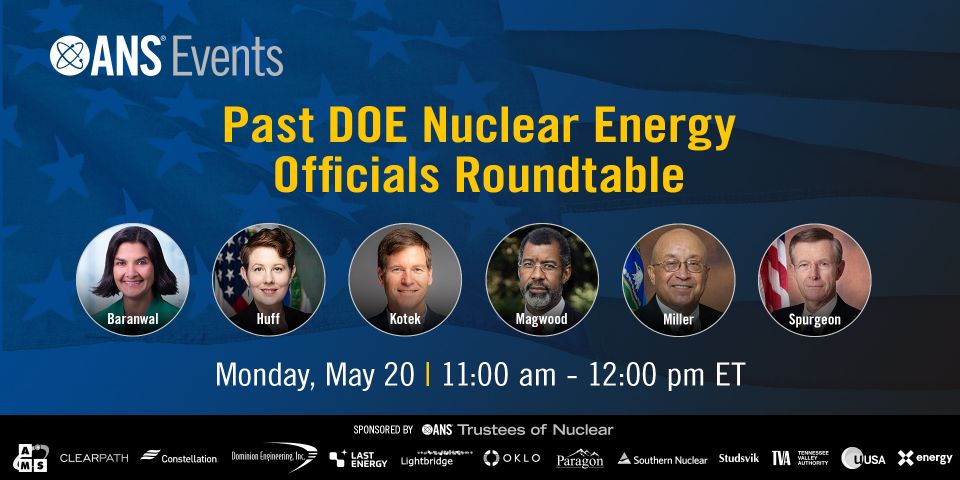
.jpg)